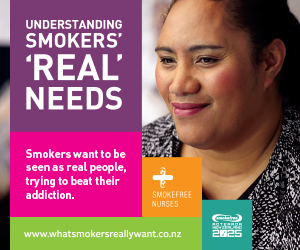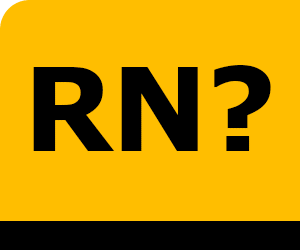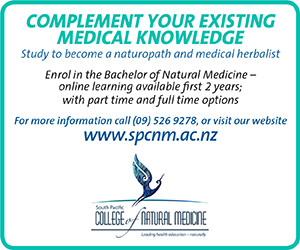A decade on from the nurse practitioner role being launched, more pilots of the physician assistant* model of care are planned – this time in primary healthcare.
A pilot could be under way by November, with at least three US-trained physician assistants (PAs) working under the supervision of GPs in the Midlands Health Network (MHN) region, including at least one rural general practice.
At least one of those PAs will also be working alongside a nurse practitioner, following discussions between the New Zealand Nurses Organisation (NZNO), MHN, and Health Workforce New Zealand (HWNZ), following the announcement of the trial. HWNZ director Brenda Wraight told Nursing Review that her organisation hoped to “identify one or two other communities” to demonstrate the PA role before the end of the year.
The Counties Manukau District Health Board pilot in 2010-11 saw two US-trained PAs working in senior clinician roles, under physician supervision, to support elective surgery services. The pair was unable to prescribe, as there is no New Zealand registration or education process for PAs.
The announcement of the follow-up PA pilot in primary health was initially condemned by the NZNO. Susanne Trim, NZNO professional services manager, says the NZNO argued for the Counties Manukau DHB trial to be a wider pilot involving NPs, and had argued again for the planned primary healthcare pilot to include NPs, so the outcomes could be measured and compared.
She says NZNO continued to have “significant concerns” that the costs of setting up an education programme for a new role like the PA, or whether such a role was sustainable, had not been examined. “Any evaluation needs to take that into account.”
Trim says her personal opinion is that NPs are a much more flexible option for the New Zealand health system than the PA model.
Wraight, prior to the decision to include an NP in the trial, told Nursing Review it was expected that the pilot PA salaries would be “on par” with the NP salary structure, and the pilot employer would “bear a significant portion” of the salary costs during the demonstration.
She says PAs have been shown to free up GP time by assisting with activities such as completing documentation, screening, patient education, performing examinations and responding to patient emails, so GPs can respond to more complex care needs,.
Wraight pointed out that both the PA and NP model were established in the US and had been shown to be “complementary”. “In New Zealand, NPs will continue to have an important role and there continues to be a need for more than one solution to ensure workforce sustainability and flexibility,” says Wraight. “It is very likely that the New Zealand health sector would need both roles, and the exact skill mix will depend on local circumstances and need.”
When health minister Tony Ryall was asked what role he envisaged PAs playing in the future he replied that “physician assistants could be another part of the multi-disciplinary team and we are trialing the role in other settings”.
Wraight says it is possible that prescribing under standing orders may be extended to the primary health PAs, “if the physician deems it appropriate”. Also, the Health Practitioners Competence Assurance Act is being reviewed this year and could examine the “ability of professionals to work to their full scope of practice”.
It is understood that the primary health PA pilot will include at least one rural general practice and that more than a dozen practices had expressed interest in taking part.
Midland Health Network chief executive John Macaskill-Smith declined to comment when approached by Nursing Review, saying the network was waiting for “a discussion to be completed between a number of parties”, and he could not comment until the details were settled.
Wraight said once a formal pilot proposal was received, a “robust” recruitment process was put in place and an “intensive orientation” programme completed, the earliest that the pilot PAs could be expected to start would be around November this year.
The formal evaluation of the Counties Manukau DHB pilot has recently been released (see For the Record).
*US-trained physician assistants* usually do a two-year postgraduate qualification and about half come from a nursing background, with the other half from various health professions. It is a medical model of care, and PAs work under physicians, whereas NPs can practise and prescribe autonomously within their scope.*





















